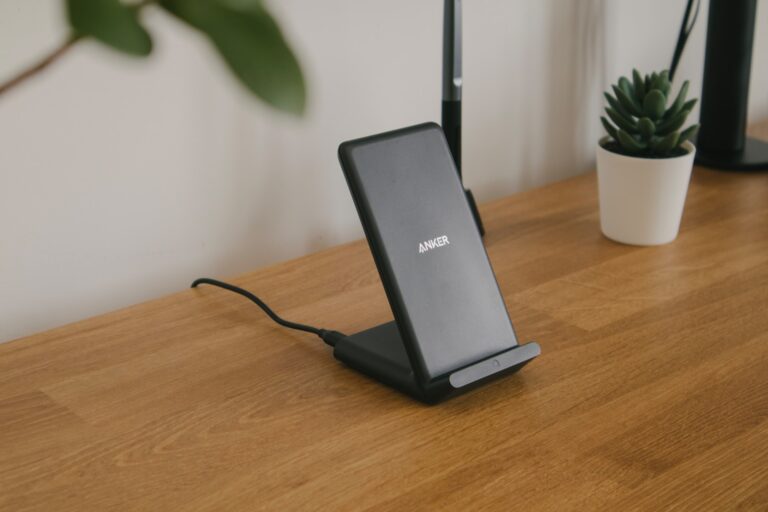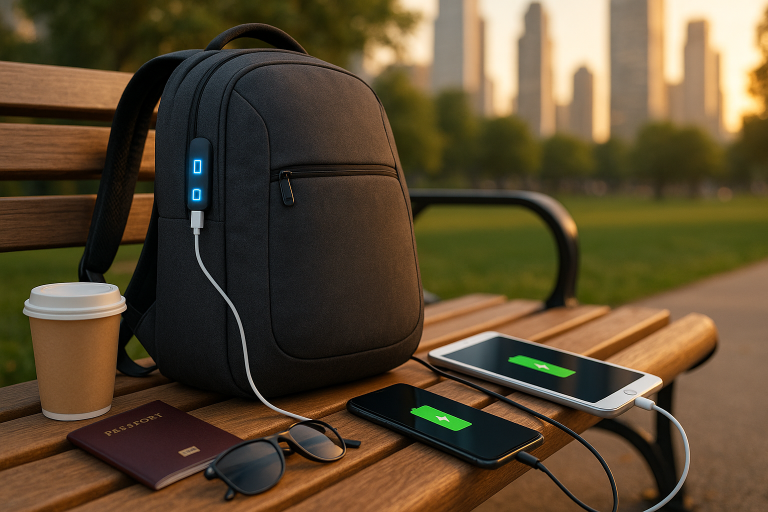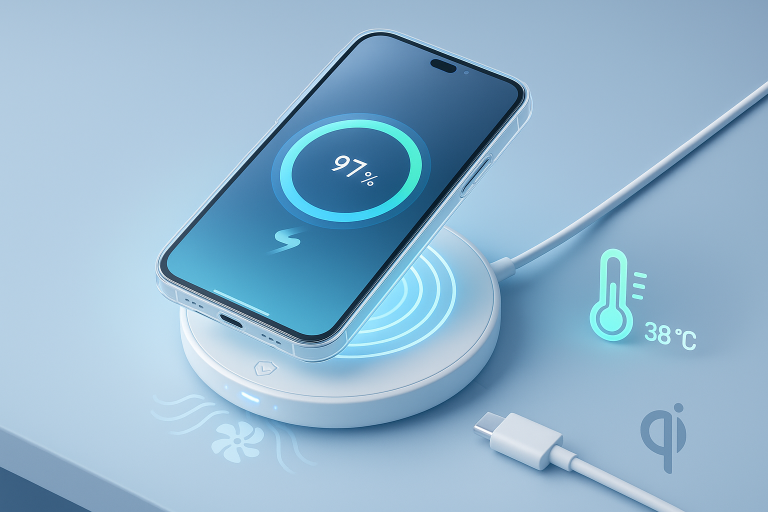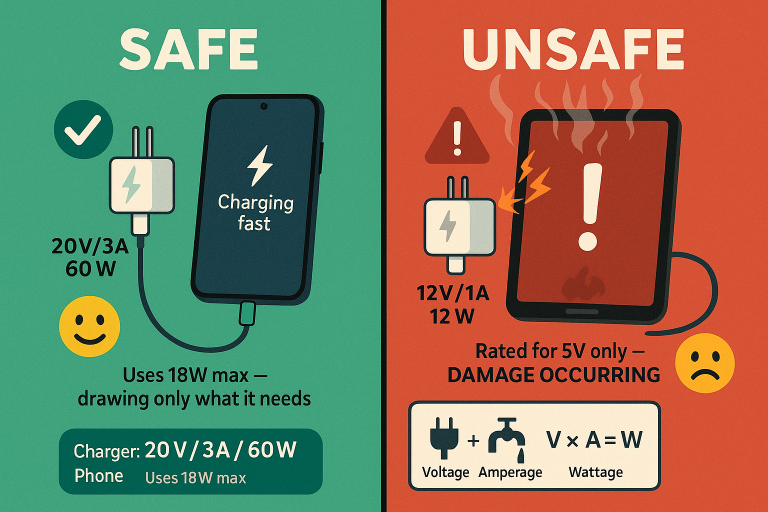Wireless Charger Is Not Working
Wireless charging is a convenient and efficient way to charge your devices without the need for cords and cables. However, if your wireless charger is not working, it can be frustrating and leave you without a charged device. In this article, we will discuss some common reasons why a wireless charger may not be working and what you can do to fix it.
Troubleshooting a Non-working Wireless Charger: Common Causes and Solutions
- Check the Power Source and Connection
- Make Sure the Device is Compatible with Wireless Charging
- Check the Indicator Light
- Check the Charging Cable
- Check the Charging Pad’s Coils
- Check the Charging Pad’s Firmware
- Check the Device’s Battery Level
- Try Charging a Different Device
- Try Using a Different Charger
- Check the Warranty
Check the Power Source and Connection
First, make sure the wireless charger is properly connected to a power source. Check that the outlet is working and that the charger is plugged in securely. Make sure you are using the correct power adapter for the charger. If the charger is still not working, try plugging it into a different outlet or power strip.
Make Sure the Device is Compatible with Wireless Charging
Next, make sure your device is compatible with wireless charging. Not all devices are compatible with wireless charging and may require a special case or adapter. Check your device’s specifications and make sure it supports wireless charging. If your device is not compatible, you may need to purchase a special case or adapter to enable wireless charging.
Check the Indicator Light
Check the charging pad’s indicator light. Some wireless chargers have indicator lights that show whether the device is charging or not. If the indicator light is not on, it may indicate a problem with the charger or the device. If the light is on, but the device is not charging, it may indicate a problem with the device or the charging pad’s coils.
Check the Charging Cable
Check the charging cable. If the cable is damaged, frayed or broken, it may need to be replaced. If the cable is in good condition, try using a different cable to see if the problem is with the cable.
Check the Charging Pad’s Coils
Check the charging pad’s coils. If the coils are dirty or obstructed, they may not be able to charge your device properly. Clean the coils with a soft cloth and ensure they are not blocked by any objects. Make sure that the device is properly aligned on the charging pad. The device should be placed in the center of the pad, directly over the coils.
Check the Charging Pad’s Firmware
Check the charging pad’s firmware, some wireless chargers have a firmware update feature. Try to update the firmware of the charger, this could fix some bugs or issues that could be preventing the charger to work properly.
Check the Device’s Battery Level
Check the device’s battery level. If the battery is already fully charged, the wireless charger will not charge the device. In this case, you will need to wait until the battery level is low enough before the wireless charger can start charging the device.
Try Charging a Different Device
Try to charge a different device on the same wireless charging pad. If the problem is with the charger, the other device will not charge either. This will help you to determine if the problem is with the charger or the device.
Try Using a Different Charger
Try using a different wireless charger. If the problem is with the device, it should charge on a different charger. This will help you determine if the problem is with the device or the charger.
Check the Warranty
If none of the above solutions work, it’s possible that the wireless charger or your device may be defective and will need to be replaced or repaired. Before purchasing a new charger or device, check the warranty. Many manufacturers offer warranties on their products, and if your charger or device is still under warranty, they will replace it or repair it at no cost to you.
In conclusion, a wireless charger not working can be a frustrating problem to solve. By understanding the common causes and solutions, you can troubleshoot and fix the problem quickly. Always make sure that the wireless charger is properly connected to a power source, that the device is compatible with wireless charging, and that the indicator light is on. Check the charging cable, the charging pad’s coils, and the charging pad’s firmware. Check the device’s battery level, try to charge a different device on the same wireless charging pad, and try using a different wireless charger. If none of these solutions work, check the warranty of your device and charger.




